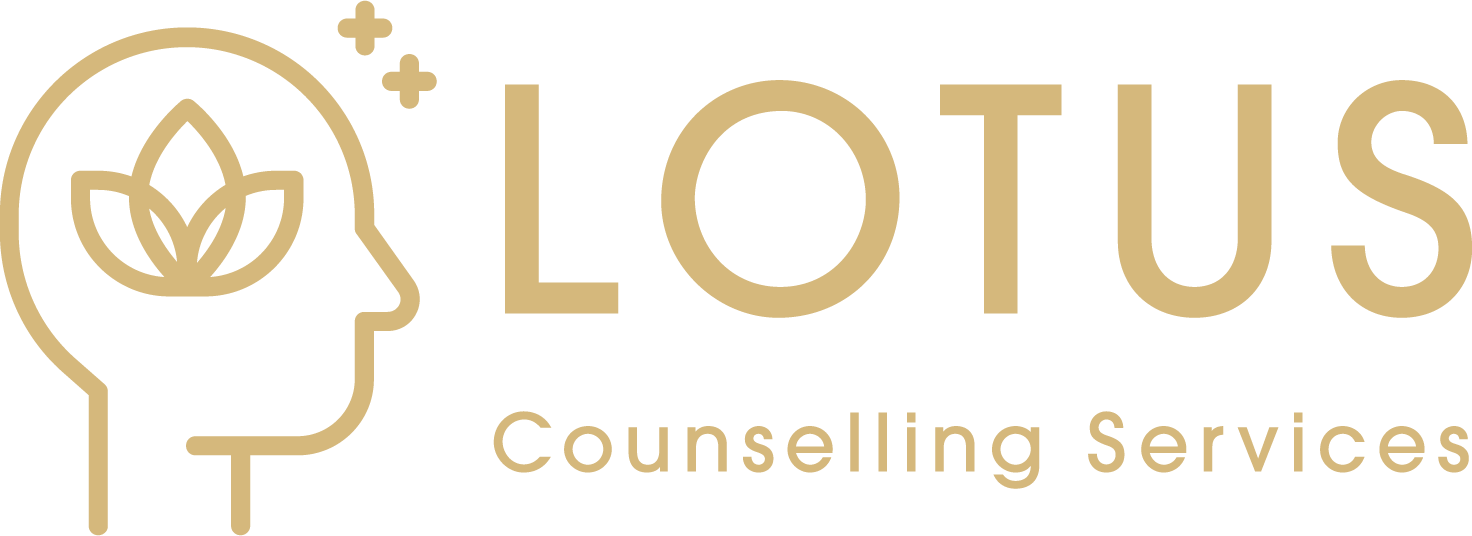
Anxiety
Experiencing anxiety is a normal and natural human emotion. It is the part of our mind and body that works together to keep us safe from both real and potential danger.
As humans with higher level thinking abilities, we have become especially good at being able to foresee where danger might be, and this is often where the anxiety disorders start to take form.
When anxiety does its job effectively it can literally be a life saver. Consider anxiety to be like an internal smoke detector, its job is to detect danger and notify you if there’s a fire.
An anxiety disorder is a lot like an overly sensitive smoke detector, it may go off in situations that are not actually unsafe (like when you make toast or if the shower is too hot). For those living with an anxiety disorder, the frequency and intensity of anxiety will go beyond its intended function and negatively impact the person's life. One of the most common and impactful challenges that accompanies, and anxiety disorder is avoidance.
Avoidance
Avoidance and anxiety go hand in hand, and it makes sense why people living with anxiety are prone to avoidance. Let’s take an example of someone who has received an invitation to party but becomes anxious in social gatherings to illustrate why avoidance is both understandable (in the short run) and unhelpful (in the long run). When that person receives the invitation, they will likely immediately begin to feel anxious, even though they aren’t yet in the situation.
Their anxiety will likely be fuelled by their thoughts and will likely be coloured with anxious predictions and the own version of ‘worst case scenarios’. So, they decide in that moment “I’m not going” (avoidance) and their anxiety lessens, and they may even experience some relief (short term). If a situation like this occurs again, their brain may recall that deciding not to go relieved their anxiety in the past, so they are more likely to do it again. In the long run, this person’s avoidance may leave them feeling disconnected and isolated.
-
Social Anxiety is one of the most common types of anxiety and can best be understood by thinking of it a bit like extreme shyness. Typically, people living with Social Anxiety find themselves uncomfortable in social situations or situations where they need to perform in front of others (like public speaking). This discomfort is fuelled by a fear of doing something embarrassing and being harshly judged by others in some way.
Social anxiety can show up in very specific social settings or any social setting. One of the major problematic consequences of social anxiety is that the avoidance designed to temporarily relieve the stress experienced in social settings will often lead to disconnection and avoidance of others.
For example, missing work/school, not seeing friends, or avoiding get togethers.
Since March 2020, COVID has put us into a situation where we have been encouraged to avoid (lockdowns), be cautious of one another (social distancing) and deter from large gatherings (restrictions). In additional to this, life enhancing activities like hugging, sitting close to people, touching, sharing conversations and laughter became viewed as potentially dangerous and at times even potentially life threatening. For a few years we have been engaging in a sort of ‘prescribed’ social avoidance and the impact of this and other elements of the pandemic is a surge in anxiety rates.
-
“I’m having a panic attack” - it could be something you have heard someone say or maybe even experienced for yourself. The average person probably has a general idea of what it means to have a panic attack but may not be able to verbalize exactly what it means.
What is Panic Attack?
A panic attack is a brief, yet intense episode of anxiety that induces the physical experience and sensations of fear. This commonly includes racing heart, shortness of breath, dizziness, trembling, and muscle tension. Panic attacks often occur suddenly and unexpectedly. Panic episodes can be triggered by an overwhelming or anxiety provoking situation however they may also appear to occur spontaneously or nocturnally.
What is Panic Disorder?
Panic disorder refers to a diagnosable condition of recurrent, unexpected panic attacks. In addition to the experience of these frequent panic attacks, those living with Panic Disorder typically report:
• Living in fear about having another panic attack
• Intense fear around the consequences of a panic attack (e.g., having a heart attack)
• Significant behaviour changes in attempts to avoid physical feelings or places for fear of having a panic attack.
-
Generalized Anxiety Disorder is characterized by excessive anxiety and worry. Underlying the worry is a difficulty tolerating uncertainty. People living with Generalized Anxiety Disorder (or GAD) often experience physical tension, fatigue, restlessness, difficulties with concentration, and sleep disturbances.
A common behaviour associated with GAD is reassurance seeking, which is essentially an attempt to ease anxiety through obtaining information or support from other people so that the individual feels more certain. This may sound like a normative response to distress (and it is) however with Generalized Anxiety Disorder the problem becomes that the individual feel like this behaviour is the only way to ease their distress and continues to resist the uncertainty and eventually can feel reliant on this strategy to cope. This can create challenges for people individually and interpersonally as the family and loved ones can become intertwined in the anxiety cycle.
What are the different Anxiety Types
Anxiety treatment is one of our primary focus areas here at Lotus Counselling. There are several ‘types’ of anxiety disorders, listed below are some of the anxiety disorders that people live with and that we provide services for:
How is it Treated
Anxiety is treated through a combination of therapeutic techniques and the approach should be tailored to the specific type of anxiety the person is experiencing. Some anxiety disorders will benefit from challenging their anxious thinking (PTSD) and others do not (OCD). There are some things that can be universally beneficial across all anxiety disorders including:
Learning more about anxiety and its effects on your thinking, your body, and your actions
Building awareness around how it shows up for you personally
Noticing your thoughts and creating some distance from them
Being able to tap into the present moment
Targeting rumination
Tackling avoidance that interferes with values
Committing to both therapy and some home practice













